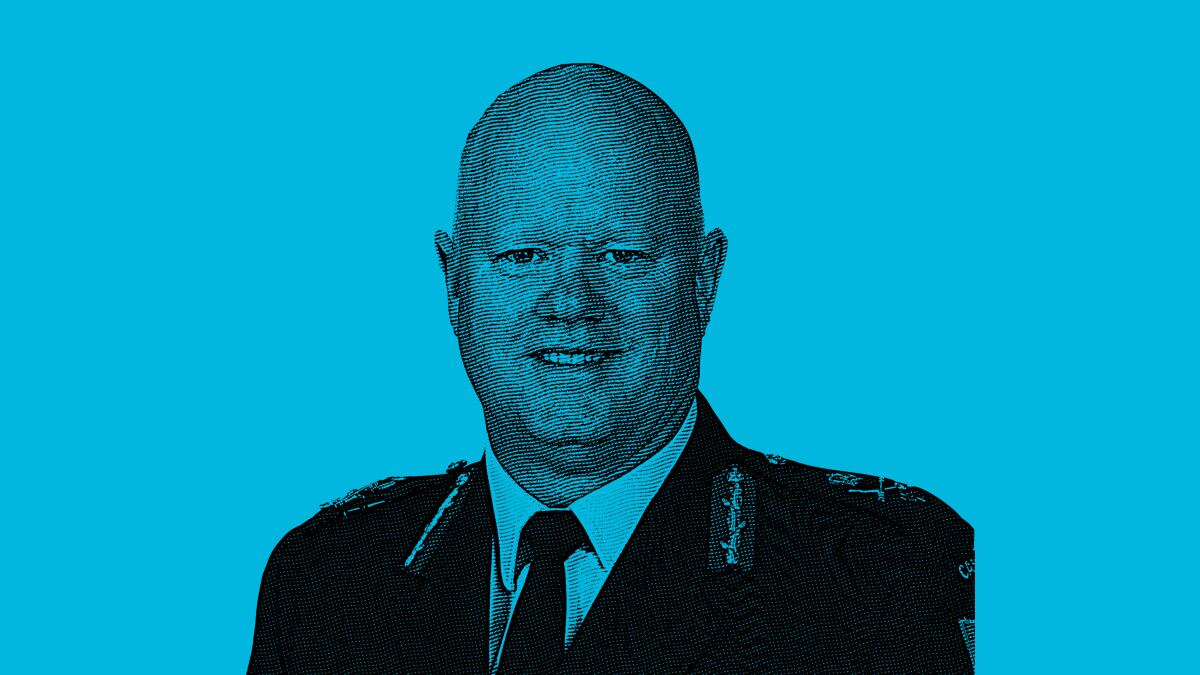As I conclude my time as the commander of 12th Air Force (Air Forces Southern), I’d like to share my vision of a possible near-future Air Force mission. Imagine two active-duty U.S. A-10s flying side by side with two Colombian Kfir fighter jets over the skies of Colombia. They aren’t engaged in combat, but rather training and exercising together.
These A-10s take off from a Colombian air base and meet with the Kfirs to train together. They refuel at a forward air refueling point at a second base in theater, set up by a waiting C-17. Finally they return to another air base in Colombia to complete their mission.
An HH-60 sits ready nearby, on call for search and rescue. An AWACS and a KC-46 are overhead, having flown out of Central America to provide support for the exercise.
In this vision, the U.S. Air Force leverages our proximity and close partnership with our Latin American neighbors to exercise hub-and-spoke deployment, validating our units’ abilities to operate in dispersed environments. Latin America is the perfect location for U.S.-based units to accomplish needed training while also supporting U.S. interests in the region.
RELATED

These types of Pan-American missions would not only validate our training but also increase interoperability while highlighting our commitment to the Americas. This is especially important during an era of great power competition in which we see the growing influence of Beijing in the region.
In my two years working with Latin American air forces, I have seen an increasingly contested strategic space where Beijing and Moscow are aggressively investing time and resources in Latin America to support their authoritarian models of governance. The Air Force must reinforce the strength of our longstanding commitment to the Western Hemisphere. We lose ground when we are unable to commit to spending the time and resources to fly our aircraft south and train alongside our partners.
The National Guard has a great model for supporting our partner nations in Latin America through the State Partnership Program. I have seen F-16s and C-130s from the Texas Air National Guard training with their partners in Chile. I have seen F-16s from South Carolina flying side by side with Colombian Kfirs each year. However, we need to do more on the active-duty side of the Air Force to demonstrate our commitment to partners who not only share our geographic space but our democratic values as well.
There are diverse opportunities across the region. Countries like Colombia and Brazil already host important combined exercises where we struggle to participate. These exercises range from a humanitarian assistance focus, where our units could exercise mobility and rescue missions, to combat-focused exercises based off Red Flag ideals where fighters, refuelers, and command-and-control aircraft could train.
We share this neighborhood of the Americas with our partners, and the many opportunities to work with them while also validating our own training concepts are too good to pass up. With Colombia as the first NATO global partner in Latin America, and with Brazil’s recent designation to join Argentina as a major non-NATO ally, the region’s shared interest in partnering with the U.S. remains high.
We have ready and willing partners in the Western Hemisphere. Working with our neighbors showcases our commitment to the region. We can no longer afford to overlook the Americas.
Maj. Gen. Andrew Croft is the commander of 12th Air Force (Air Forces Southern). He has been selected to be the military deputy commander for U.S. Southern Command for his next position, and is to receive the rank of lieutenant general.








